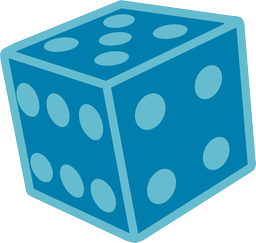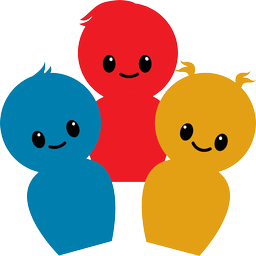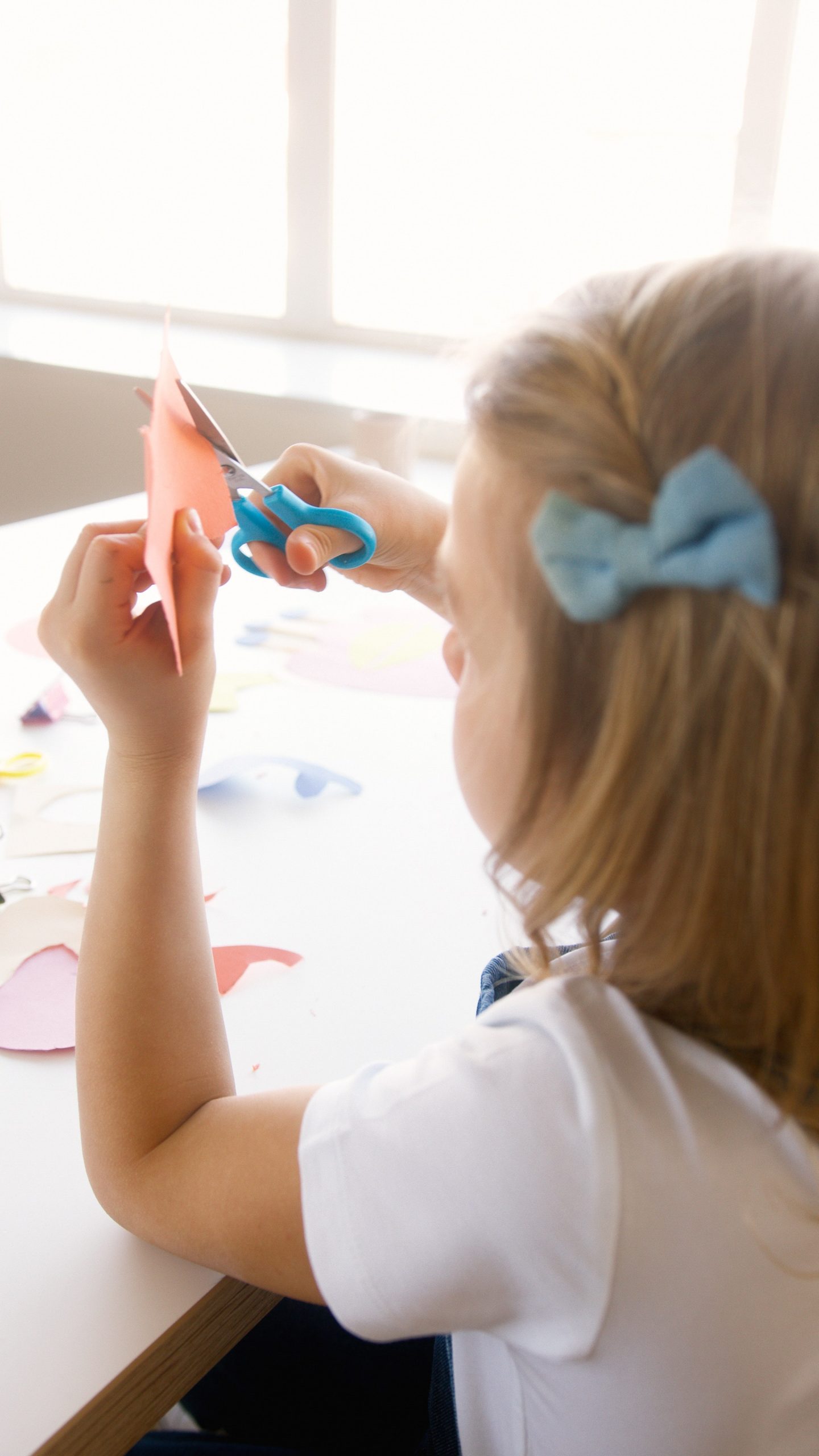Areas it develops: using of tools, fine-motor skills, learning about materials, planning, vocabulary, cooperation, communication, sensory-integration, aesthetic intelligence.
Visuals, fantasy, visual expression, different materials: all of this is included in this activity.
One of the most common difficulties is using tools appropietly or the different ways the can be manipulated.
Coordinated movements, tactility, applying the right amount of pressure, the cooperation of the two hands, and the words accompanying these activites are all milestones in development.
It is especially beneficial for kids who are a bit behind with their communication or for those who have troubles in their communication development.
Sensory based creative art activities are commonly used to develop and increase imagination and strengthen fine motor skills. These activities also aid in helping children practice decision making skills and explore creative expression. When done in a group setting, these activities help to increase socialization skills, increase self-regulation and awareness of others and explore shared spaces by creating an extension of the self to others.
Painting or drawing mediums can help improve fine and gross motor skills while aiding to the individual’s imagination.







